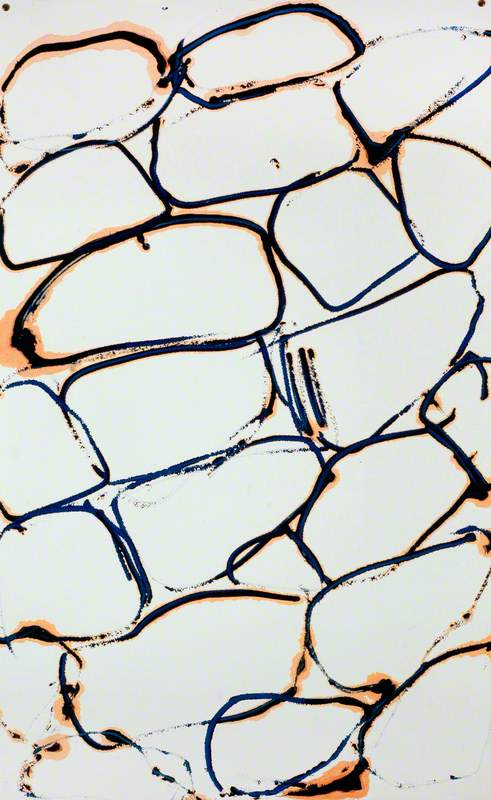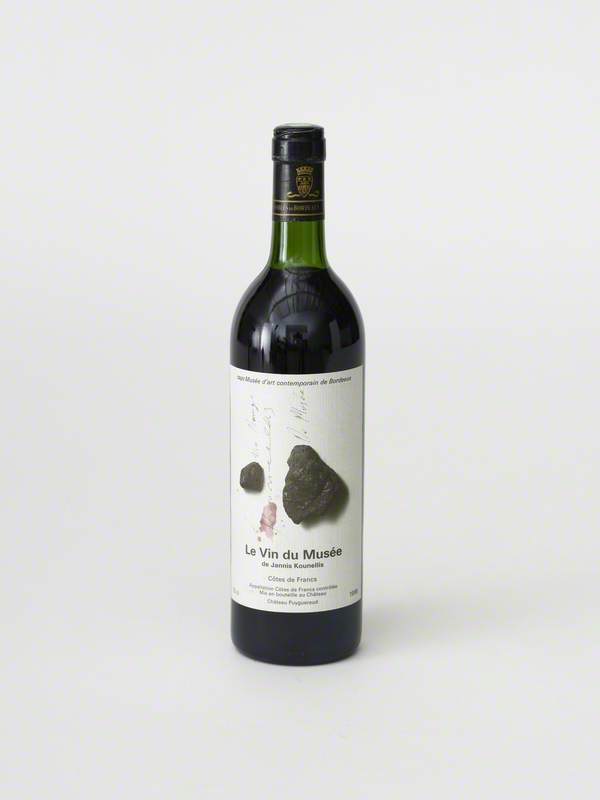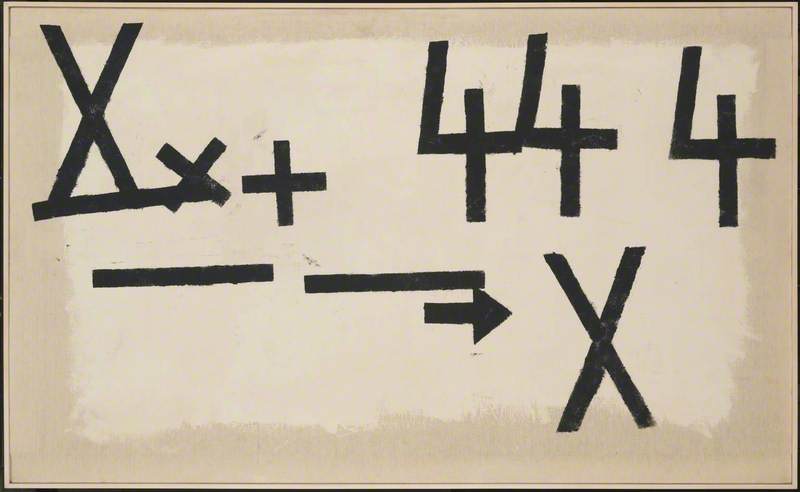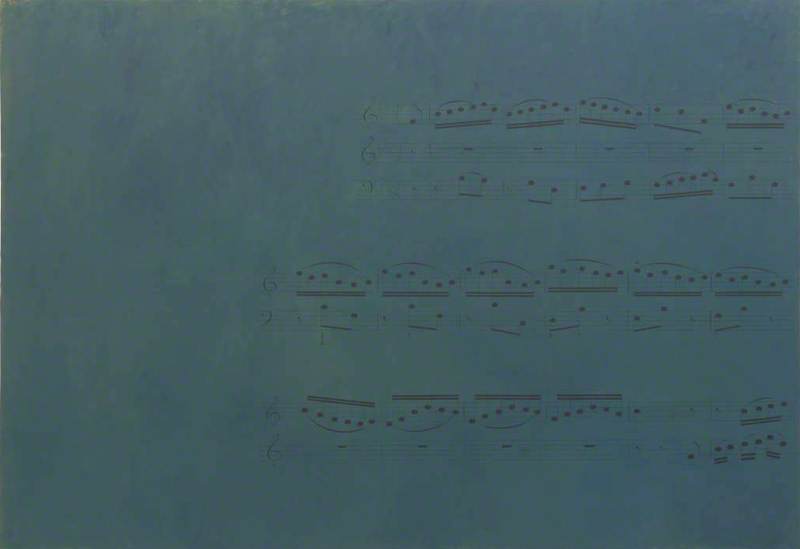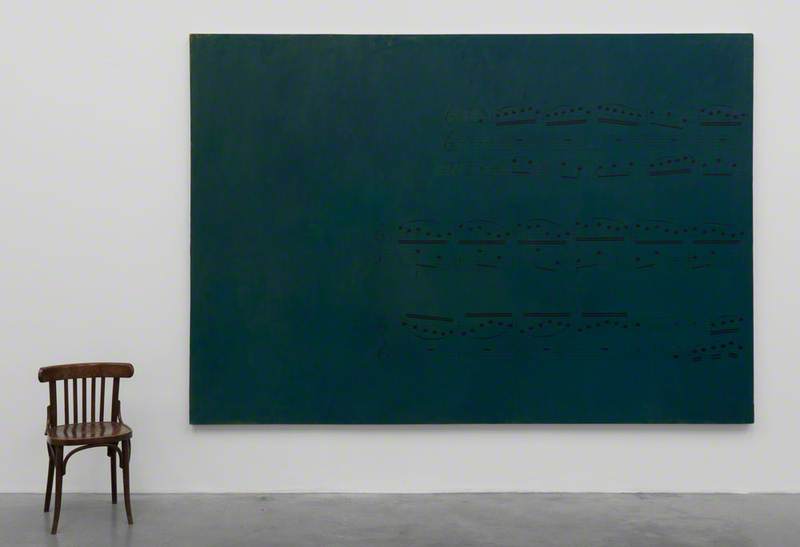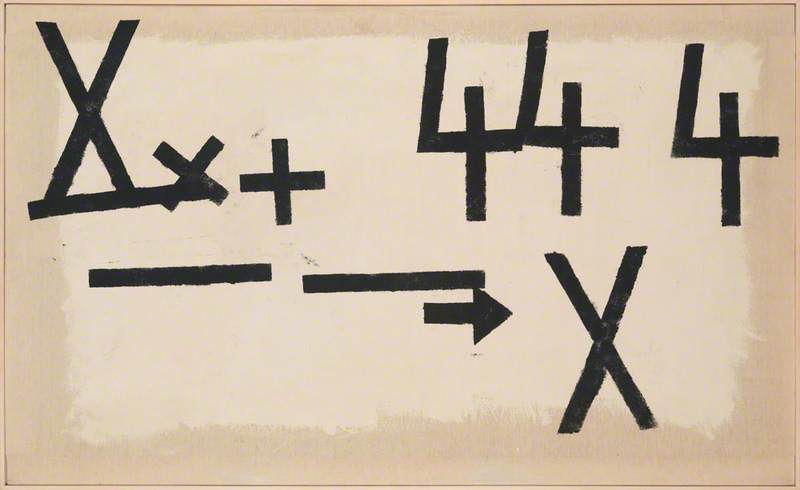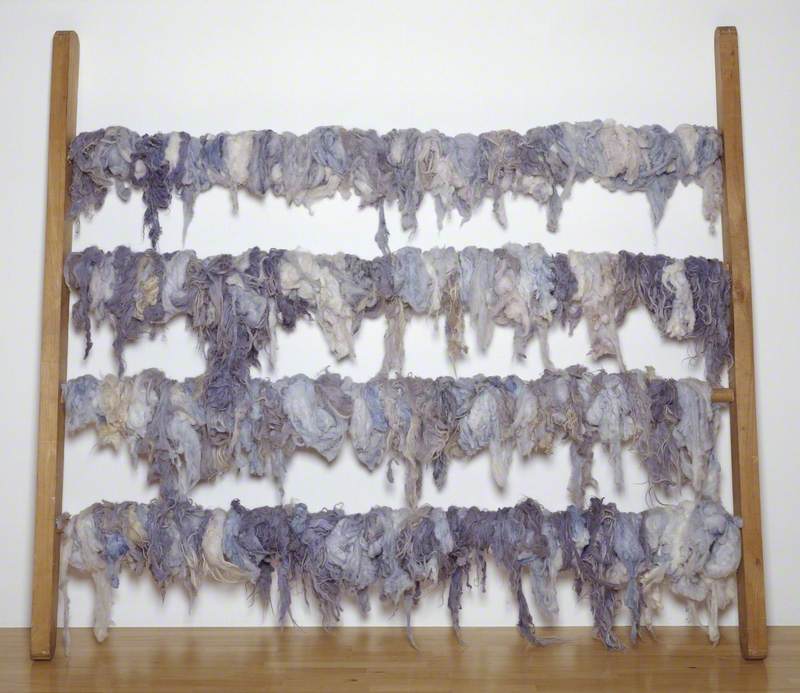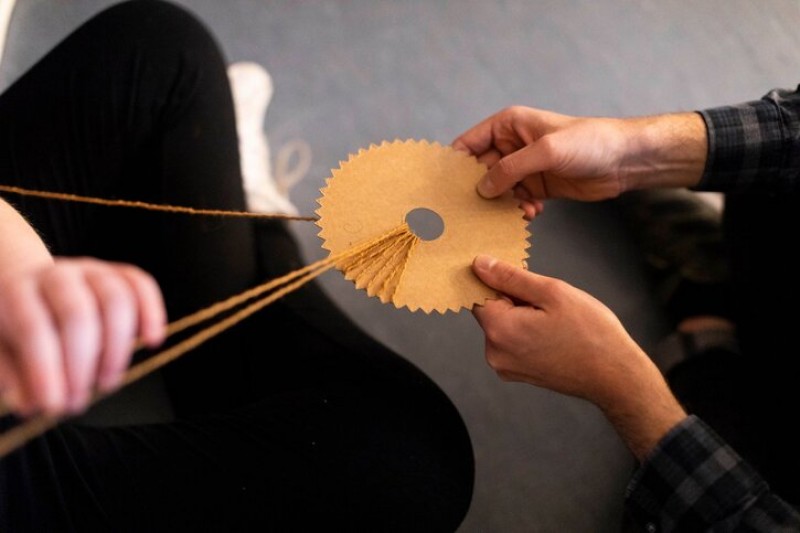Greek/Italian painter, sculptor, draughtsman, and installation artist, born in Piraeus. In 1956 he settled in Rome, where he studied at the Academy, and he has rarely returned to Greece. His early work included canvases embellished with stencilled letters, numbers, and signs, but in the mid-1960s he abandoned painting and in 1967 became associated with the *Arte Povera movement. Materials including gas flames, coal, burlap sacks, and white cotton are employed by Kounellis for their associations as well as their visual qualities. As Rudi Fuchs put it, ‘there is a history in Kounellis's work of freely flowing shape and of allowing pliant material to find its own shape: smoke leaving traces of soot, loosely hanging wool or coal poured out of the sack.
Read more
’ Fire, for Kounellis, was not just a physical force: it also had associations with punishment and purification. The choice of materials also suggests a past industrial revolution and a human intervention into the natural world which now, through the passage of time and nostalgia, becomes itself a form of nature. In 1979, as a temporary installation, he put a track with a toy train running around a column in the cloister of the Renaissance chuch of Santa Maria Novella in Florence. Some of his most striking work has involved the presence of live humans or animals. Cavalli (1969) brought horses into the gallery space. This emphasis on the physicality of material has, Kounellis recognizes, a special significance in the context of the contemporary world of virtual experience. In 2004 he argued that ‘If construction is what counts today, if the virtual world is over, political life could perhaps benefit from the subtle and penetrating skills offered by artists as image builders par excellence and people capable of transforming matter, presenting the past on a silver platter, reshaped and, in the most successful cases, resplendent and dialectic’. Further Reading Modern Art Oxford, Jannis Kounellis (2004)
Text source: A Dictionary of Modern and Contemporary Art (Oxford University Press)
